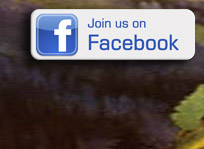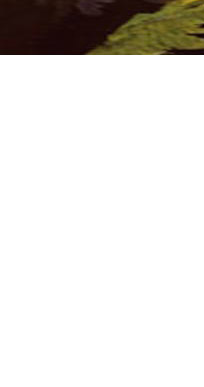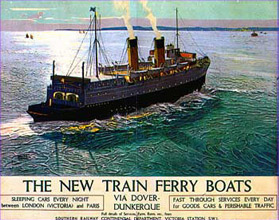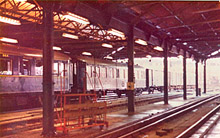The Southern Railway built three four-wheeled baggage vans (numbered 1 to 3) at Ashford in 1935 of distinctive appearance, with a guard’s central roof look-out higher than the general roof line, and painted blue to match the sleeping cars. The NORD had built a dozen or so four-wheeled vans, some with and some without guard accommodation, that were adapted to British loading gauge in 1936.
For freight use 100 ferry vans and 50 ferry wagons were built by the SR , 1300 ferry fruit vans by the Italian State Railways FS and 1500 ferry vans by the French PLM and NORD railways. These vans were used for non- Night Ferry channel crossings. Later on Spanish Trasfesa and German VTG vans made the crossing as well.
For transport of motor vehicles the train ferries featured the first Roll-On, Roll-Off garage for 25 cars on the deck above the train deck at the stern, reached by an exterior ramp on shore alongside the ship. In later days cars were also parked on the train deck when motor traffic increased and the Night Ferry consisted of fewer sleeping-cars. Occasionally this caused delays when some drivers remained sound asleep so their unattended vehicles obstructed the offloading of the sleeping-cars.
During 1933 three coal fired ships were ordered from Swan, Hunter & Wigham Richardson Ltd for GBP 436,900. The first of these, Twickenham Ferry, was launched at the Neptune Yard, Walker-on-Tyne on 15 March 1934 to be followed by Hampton Ferry and Shepperton Ferry. The train deck was approached by two tracks at the stern which then branched out into two sidings once within the super-structure, giving maximum accommodation for twelve sleeping cars which, it is believed, was only once required – on the inward inauguration trip.
The service was to take over the existing night boat service from Folkstone Harbour to Dunkerque run buy the French company Societe’ Anonyme de Navigation Angleterre-Lorraine (ALA) and in order not to displace the crew the French minister of marine required one of the new ferries to be under the French flag and manned by its nationals. Consequently the Twickenham was transferred to ALA on 22 September 1936 and the port of registration changed from London to Dunkerque.
|





